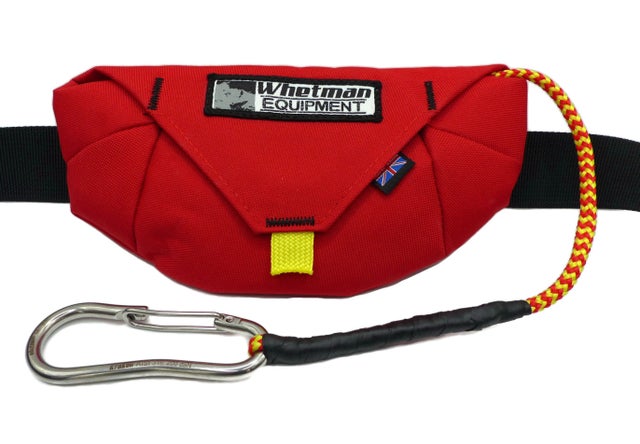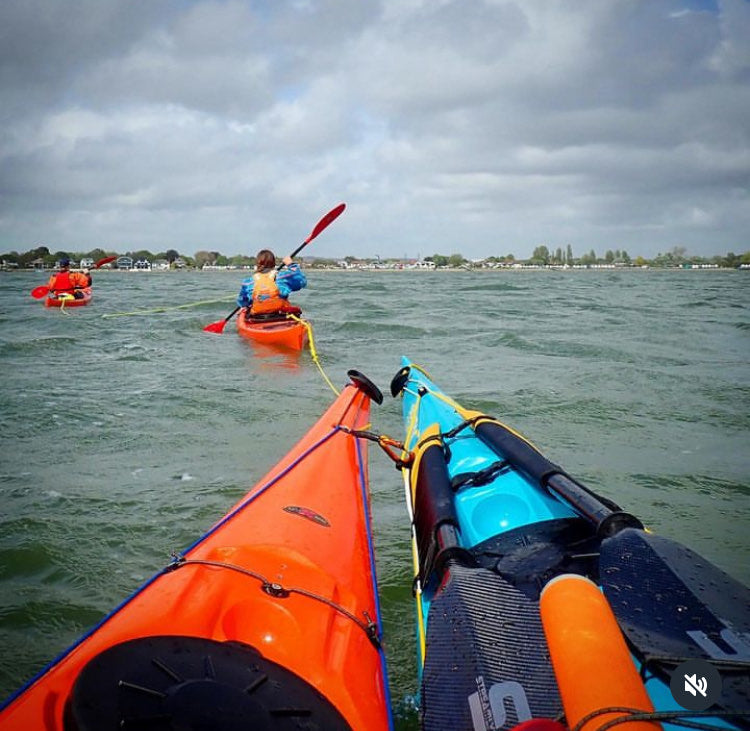When it comes to sea kayaking in the UK, safety is paramount. One essential aspect of safety is being prepared for any situation that may arise while out on the water. One way to ensure safety is by understanding the different kayak towing options available to kayakers. In this blog post, we will explore the contact tow, waist tow, and other towing methods commonly used in UK sea kayaking.
What is a Contact Tow?
A contact tow involves physically connecting the towing kayak to the kayak being towed. This method allows for direct control over the kayak being towed and is often used in situations where speed, precision and maneuverability are key. Contact towing is typically done using a towline that is attached to both kayaks and mounted in front of the paddler for fast deployment.

How Does a Waist Tow Work?
A waist tow, as the name suggests, involves wearing the towline round the waist of the kayaker doing the towing. This method allows for hands-free towing, giving the kayaker more freedom to maneuver their own kayak. Waist towing is a popular choice for longer tows or when the kayaker needs to assist the person being towed in other ways. Waist tows will have a certain amount of stretch built in to the system to reduce pulling on the person towing. 
Other Towing Options
In addition to contact and waist towing, there are other towing options available to sea kayakers in the UK. These include towing systems that can be attached to the deck of the kayak. This will involve drilling a cleat and bullseye on to the kayak.
Each towing method has its own advantages and is suited to different situations but all systems need to be quick and easy to set up and equally as fast to release should you need to remove yourself from the system.
By understanding the different sew kayak towing options available, sea kayakers in the UK can be better prepared for emergencies and challenging conditions. Whether opting for a contact tow, waist tow, or another towing method, safety should always be the top priority when out on the water.

